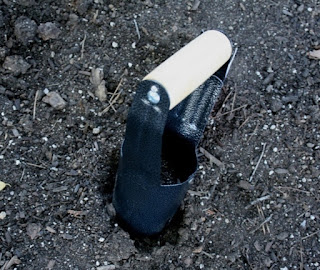We’ve seen some major fluctuations in the weather this week, from near-record temperatures Sunday and Monday to more seasonal weather mid-week. It’s a clear signal that now’s the time to get the lawn and garden ready for winter. Most of the leaves are off the trees, thanks to the winds early this week.
It’s important to clean up any leaves remaining on the lawn, before winter. Whole leaves and other debris will smother your grass through the course of the winter season, leaving dead patches to deal with in the spring. On the other hand, chopped up leaves become a valuable asset for your yard and garden.
A simple way to deal with tree leaves is to use your lawn mower rather than your leaf rake. Put the catcher attachment on and run the mower over the yard several times. That big pile of leaves will disappear quickly and you can take the chopped-up leaves out to the garden and spread them across the beds or use them as mulch for your perennials. Don’t worry if some of the finely chopped leaves remain on the lawn. These will work their way into the ground, adding important organic material to the soil your grass is growing in. Tree leaves need to be working to improve your garden, not taking up space in a land fill.
Before we leave the lawn, there’s still time to apply a winterizer fertilizer. Fertilizing this time of year strengthens root systems, helps your grass prepare for winter and sets up the lawn for a strong start next spring.
In the vegetable garden, adding organic material now helps establish a strong foundation for next season. Clean out any remaining plant debris, spread out the leaves you just cleaned up off the yard, then add two or three inches of organic compost. This will help maintain the structural integrity of the soil as well as protect the all-important micro-organisms living in your garden soil.
Now’s the time to cut back any perennials in your landscape. You can prune roses back to about two feet, but wait to mulch until the ground is cold, usually around Thanksgiving.
Now’s also the time to install tree wrap on young deciduous trees. Brown corrugated tree wrap is easy to install and will protect trees from winter sun scald. Start at the base of the tree and spiral the wrap upward to the first primary branch. Loop the wrap over the branch and tape in place. Finally, water your trees and shrubs. They’ll do much better if they are well-hydrated going into winter. Remember to water every four to five weeks through the winter season, especially if we don’t receive adequate natural moisture.
Yes, there’s still time to plant some spring color. Tulip, daffodil and hyacinth bulbs can all be planted now, before the ground freezes. They’ll do fine and will provide amazing color next spring.




















